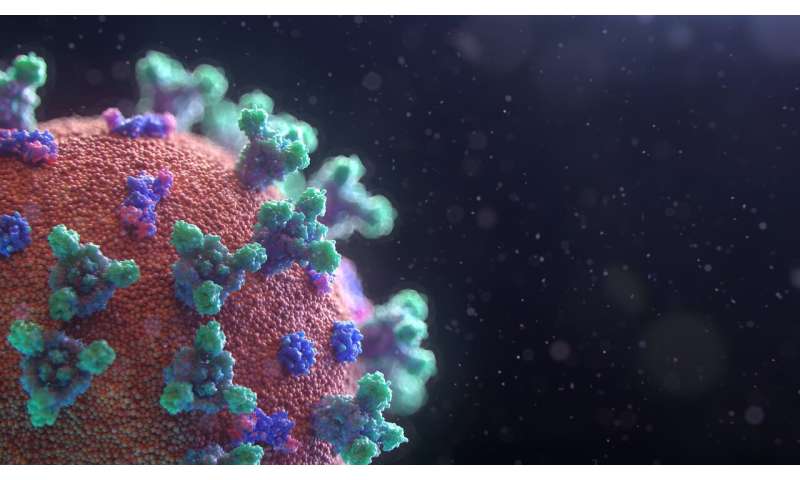
With an alarm code, we can enter a building without bells going off. It turns out that the SARS coronavirus 2 (SARS-CoV-2) has the same advantage entering cells. It possesses the code to waltz right in.
On July 24 in Nature Communications, researchers at The University of Texas Health Science Center at San Antonio (UT Health San Antonio) reported how the coronavirus achieves this.
The scientists resolved the structure of an enzyme called nsp16, which the virus produces and then uses to modify its messenger RNA cap, said Yogesh Gupta, Ph.D., the study lead author from the Joe R. and Teresa Lozano Long School of Medicine at UT Health San Antonio.
“It’s a camouflage,” Dr. Gupta said. “Because of the modifications, which fool the cell, the resulting viral messenger RNA is now considered as part of the cell’s own code and not foreign.”
Deciphering the 3-D structure of nsp16 paves the way for rational design of antiviral drugs for COVID-19 and other emerging coronavirus infections, Dr. Gupta said. The drugs, new small molecules, would inhibit nsp16 from making the modifications. The immune system would then pounce on the invading virus, recognizing it as foreign.
“Yogesh’s work discovered the 3-D structure of a key enzyme of the COVID-19 virus required for its replication and found a pocket in it that can be targeted to inhibit that enzyme. This is a fundamental advance in our understanding of the virus,” said study coauthor Robert Hromas, MD, professor and dean of the Long School of Medicine.
Dr. Gupta is an assistant professor in the Department of Biochemistry and Structural Biology at UT Health San Antonio and is a member of the university’s Greehey Children’s Cancer Research Institute.
Source: Read Full Article